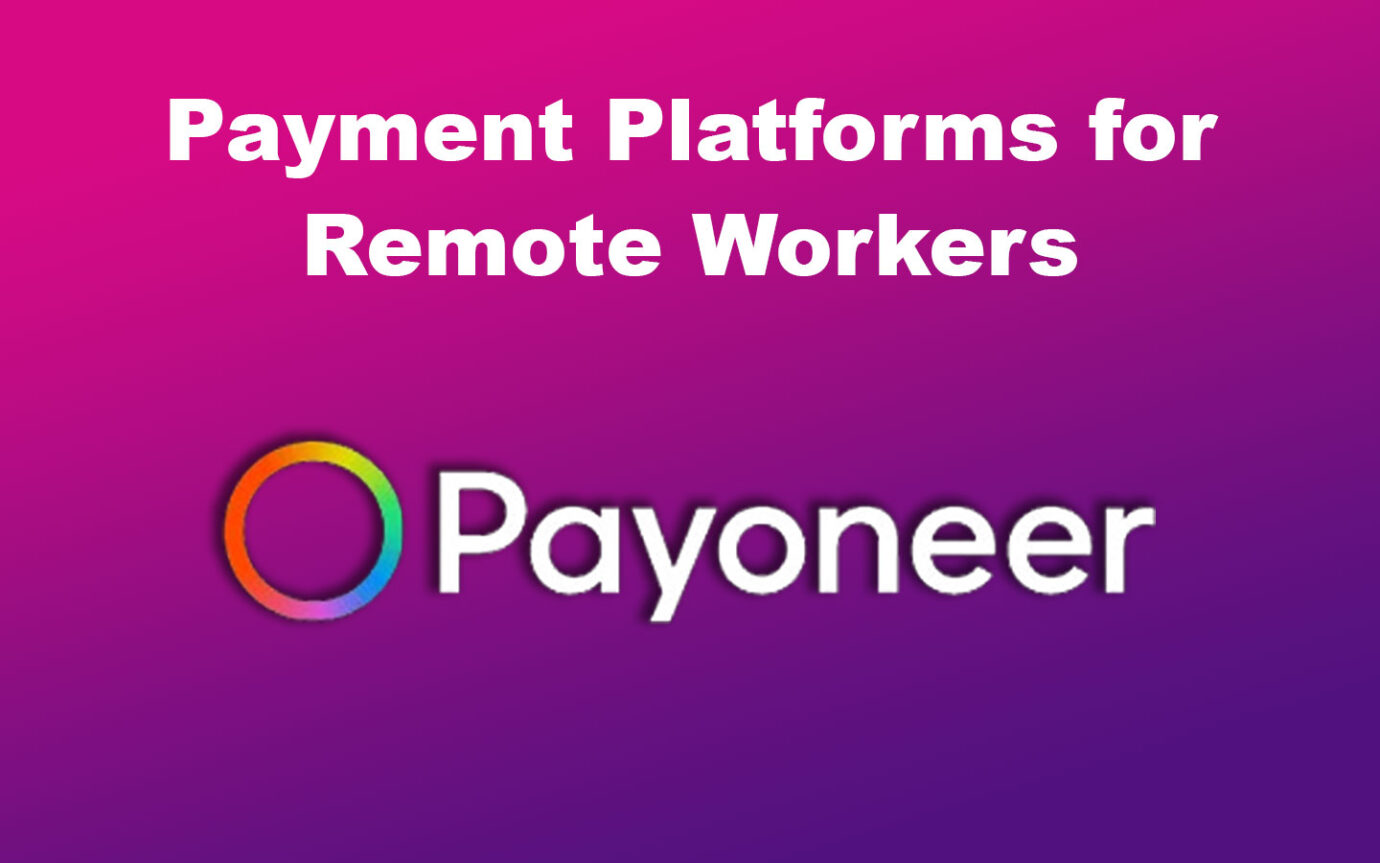There are a few things to keep in mind when it comes to paying remote workers. You need to comply with labor and tax laws and select different payment methods to ensure fair and timely pay for remote workers.
In this article, we will discuss the factors employers should consider when paying remote workers and provide insights on handling taxes for them. Let’s get into it!

Factors to Consider When Paying Remote Workers
Here is a comprehensive review of factors to consider when paying remote workers:
1. Level of Experience

A worker’s experience and educational level can determine their pay. Remote workers with a higher academic level and experience usually demand a higher salary.
This is because they are more experienced and may have advanced skills. Therefore, they can manage complex tasks and more workload.
You can determine an employee’s experience through their working portfolio and duration as a remote worker. A worker’s educational documentation also justifies their capabilities for your organization.
Find out the minimum wage for remote workers here.
2. Based on Location

Different working locations have varying economic challenges, including inflation. Experts advise considering specific costs like housing, transport, clothing, and where remote workers pay state income tax. These expenses are unique based on an employee’s location.
Deductions can be made based on the employee’s location. For instance, most remote workers don’t need to commute, thus saving your organization money on transport expenses.
When you hire a freelancer on Upwork, you’ll notice that the rates each freelancer asks for varies based on where they live.
3. Tax Laws

Tax laws for paying remote workers follow several procedures. For instance, employees in the U.S. should fill out Firm 1-9. This document helps employers check workers’ eligibility and identity.
Employees should also provide additional documents to prove the credibility of the details provided in the form. This can help identify a remote worker’s skills, which then helps employers decide on their salary.
Other tax factors affecting salaries include payrolls and global compliance issues. Certain regions require salaries to cover state income tax, Medicare, and Social Security taxes.
In addition, the state where remote workers pay state income tax is crucial. Some cities pay remote workers to relocate. However, the downside is that remote workers may face double taxation.
If the remote worker pays tax in the city where they came from, you may choose to cover the tax for their city of relocation, though it’s not mandatory. If you want to pay one of their taxes, you must add the tax cost to their salary.
Payment methods also attract various tax charges. For instance, PayPal may deduct up to 3.49% for tax whenever a remote worker receives their pay. We’ll discuss more on these platforms below.
4. Employee Classification
Remote workers are divided into permanent employees and independent contractors. The latter comprises freelancers, which companies usually hire for temporary projects. Contractors typically have a rate card but are flexible with an organization’s budget and policies.
On the other hand, permanent remote workers are paid according to the company’s payroll policies. This includes receiving necessary bonuses, like healthcare, maternity/parental leaves, and holiday payments.
However, both classifications are subject to local and international trade, labor, and market laws. Therefore, it’s essential to understand the different countries’ laws when hiring overseas.
5. Currency and Exchange Rates

Countries have different currencies and exchange rates. Before hiring, it’s important to consider whether the currency of choice is an acceptable form of payment.
Also, factors like inflation cause currency fluctuation and imbalance. During currency fluctuation, a remote worker may receive considerably lower pay than what you actually sent when they convert the money to their currency.
Therefore, monitoring the exchange rates of the respective workers’ nations is crucial. It helps restructure employees’ net pay and achieve fair pay for everyone.
Get more information on strategies for paying remote workers from LinkedIn.
How to Pay Remote Employees
Here’s how to pay remote workers:
Method 1. Pay Remote Workers as Independent Contractors

If you pay remote workers as independent contractors, you’ll have fewer tax and expense obligations. For instance, paying specific bonuses like leave and holidays isn’t mandatory. This helps companies that hire remote workers save in the long term.
Additionally, independent contractors have personal working tools, so you don’t have to spend a budget to provide them with equipment. If you have the bank details, checks, or online platforms, you can pay them using direct wire transfers.
Here’s more information on paying independent contractors from the Forbes Official Website.
Note: Although it’s not mandatory, you still have the option to provide equipment to remote employees.
Method 2. Outsource Third-Party Payroll Processors

Companies with many remote workers can hire third-party payroll processors. They help handle complex transactional processes, including tax calculations.
Outsourced payroll processors are experts in the industry and can help prevent payment errors such as overpayments and underpayments.
There are two types of payroll processors – in-house and outsourced teams. An in-house payroll processing team is more expensive than an outsourced team because you must provide them with office space, equipment, and employee benefits.
On the other hand, outsourced processors are more affordable. This is because they usually have their own working resources, such as equipment, workers, and workspace.
Find out the benefits of outsourcing payroll in this article.
What Is the Payment Platform for Remote Workers?
Various online platforms offer options when paying remote workers. Some of these channels provide solutions in limited states or countries. Ensure your preferred choice is available in your employee’s location.
Here are the payment platforms for remote workers:
- PayPal.
PayPal is a popular and safe online transaction platform in 200 countries. It is convenient when paying large amounts. However, they have higher fees that increase when transferring larger amounts. - Wise.
Formerly known as Transferwise, this is a popular payment solution with favorable exchange rates and transaction fees. They also quickly withdraw funds when transferring funds to personal bank accounts. -
Payoneer.
Payoneer has a massive global reach. This makes it a suitable option for paying international freelancers and companies. It also complies with regulations in respective countries, providing a sense of security.
- Western Union.
This payment method has been around for a long time and has continued to improve with the changing online landscape. You can use it to invoice clients and receive funds within minutes. - Skrill.
Skrill caters to both small and large organizations. It is popular for its excellent transactional charges and 40 different currency options.
Learn more details on platforms for paying remote workers from LinkedIn.
What Is the Highest Paying Remote Salary?

Here are some of the highest-paying salaries based on the job:
- iOS Developer.
Mobile app engineers make over $135,000 annually. - Data Scientist.
People in this field get a salary of over $124,000. - Product Design.
Duties include graphics design, and employees get an average of $115,986. - Software Engineering.
They earn an average salary of $100,000 per year. - Content Writing.
Online content workers make between $50,000-70,000 annually.
Here are more on the highest paying remote jobs from the Official LinkedIn and Indeed.
Pay Remote Workers Conveniently
Paying remote workers has never been easier. Advancements in technology have introduced different online transactional forms and revolutionized traditional forms like banking.
Direct deposits to your employees’ bank accounts from foreign countries are easy. Try some of the discussed online platforms, such as Wise, Payoneer, and PayPal, to avoid excessive taxes.
Remember to comply with local and other countries’ laws. This includes obtaining necessary information and documents when hiring foreign workers.
